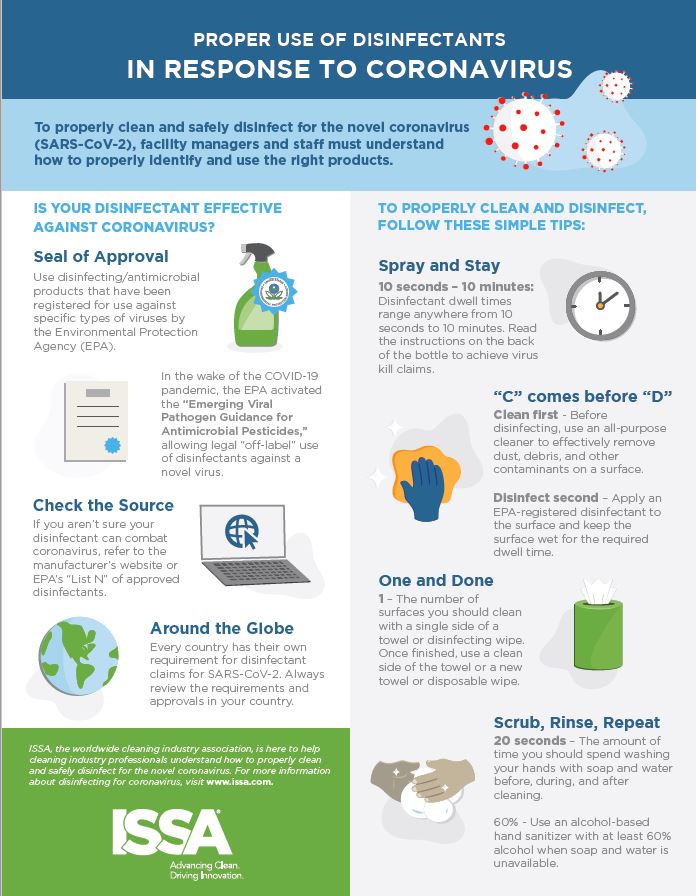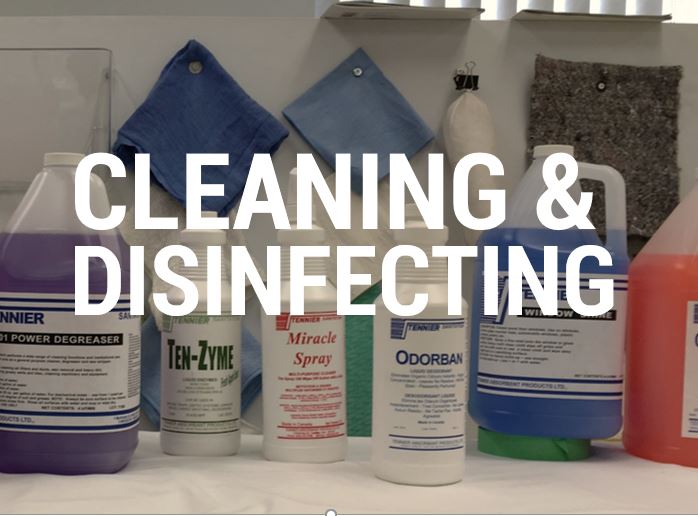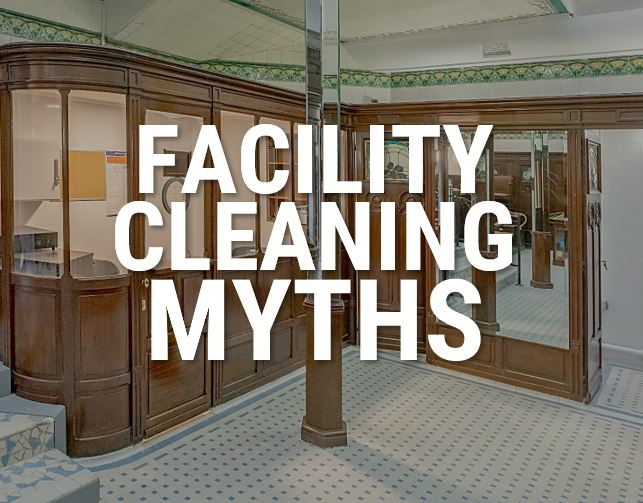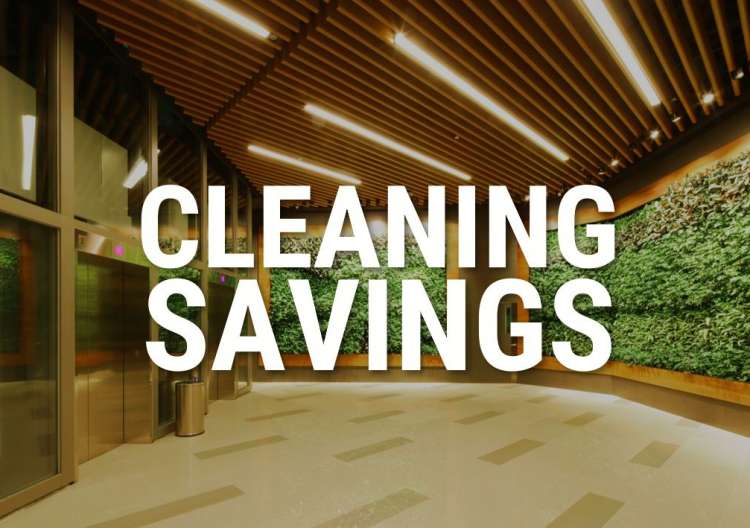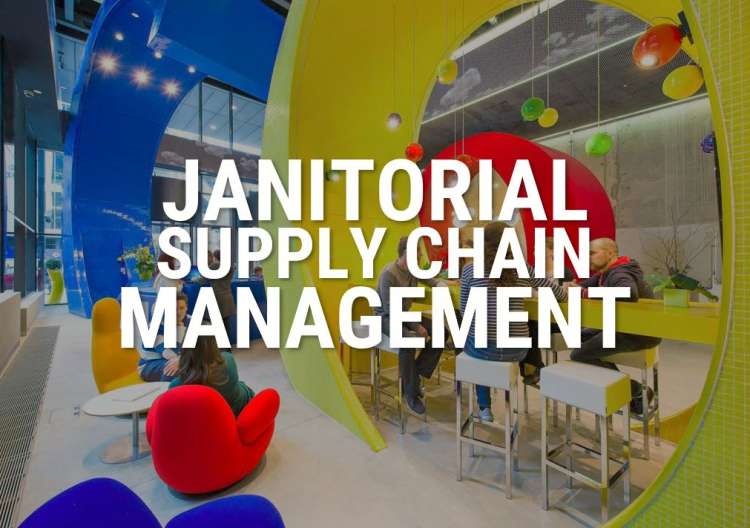Keeping coronavirus at bay means knowing what you’re using
Back in March, when everyone was panic-buying cleaning supplies for both their home and their workplace, no one could keep bleach-based products in stock: Everyone assumed that the best way to ensure their surfaces weren’t contaminated was to just spray everything with bleach. And it’s true, generally speaking: Bleach-based cleaners will usually kill viruses including coronavirus within 5 minutes of application.
However, bleach has drawbacks: It can be an irritant to mucous membranes, it can be hard on skin (if you’re the one doing the cleaning all the time), it can produce toxic fumes and, improperly used, it can be explosive. What’s more, while it’s effective on hard surfaces, it can be ineffective or damaging on other surfaces.
The good news is that there are a whole host of other products which have been certified effective against coronavirus, as long as they’re used properly. The trick is knowing what surface you need to disinfect, in what environment, and then matching up the right cleaner to the job.
ISSA recently published this handy infographic as a good overview on what to look for in disinfectants and how to use them properly. In Canada, you can find out which products have evidence-based data and how to use them by going to the Health Canada site.
And as always, if you have any questions about which cleaning products and methods will be most effective for your facility or workplace, don’t hesitate to get in touch. We’ve been helping organizations stay safe for 80 years – and we’re happy to share our expertise.
